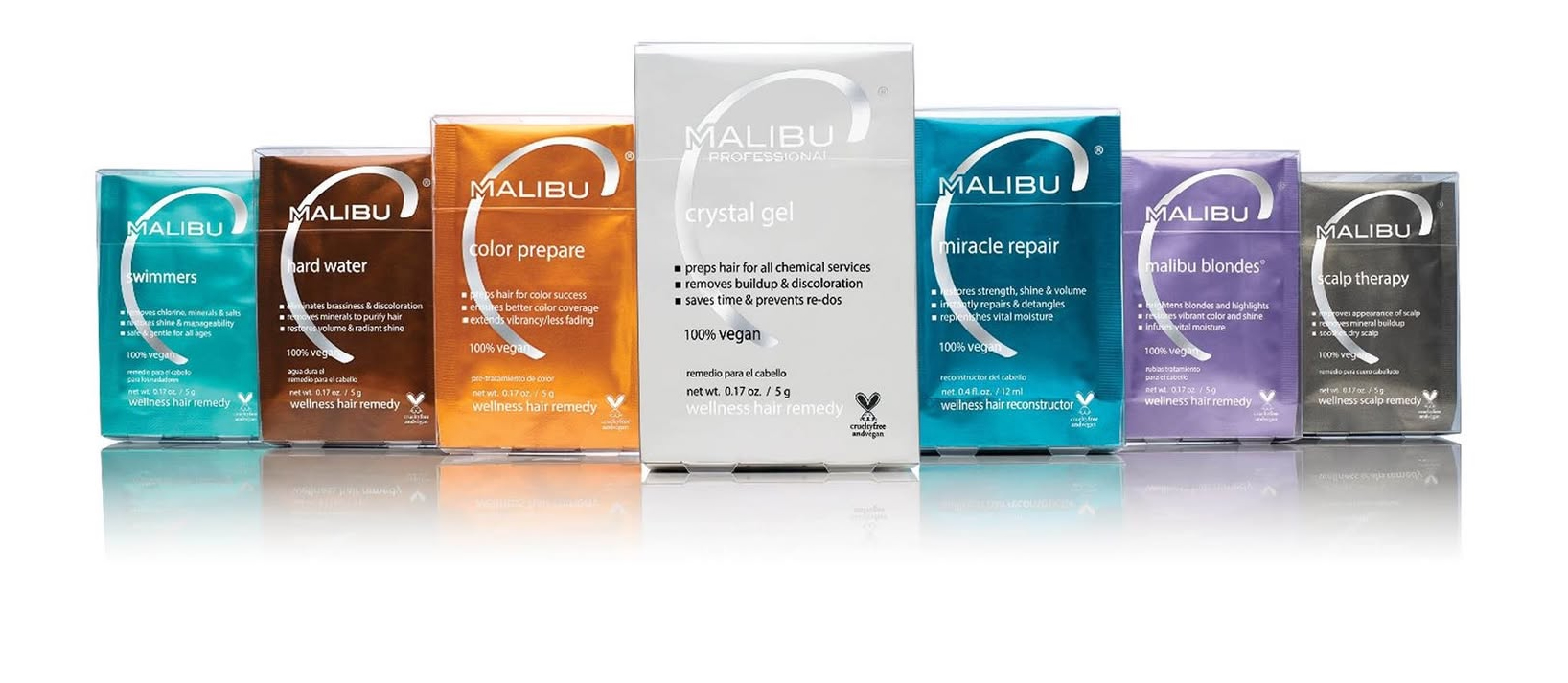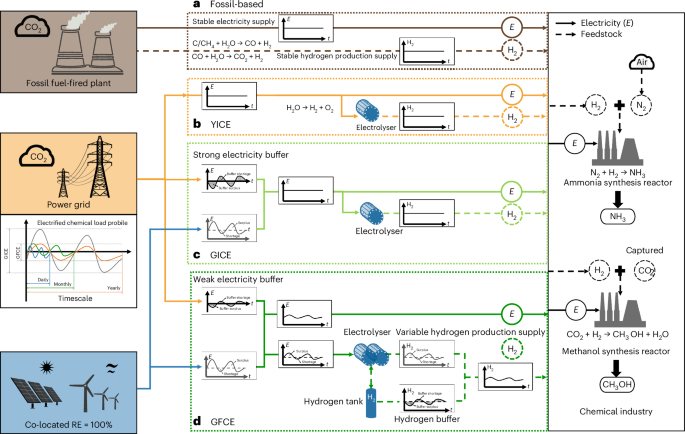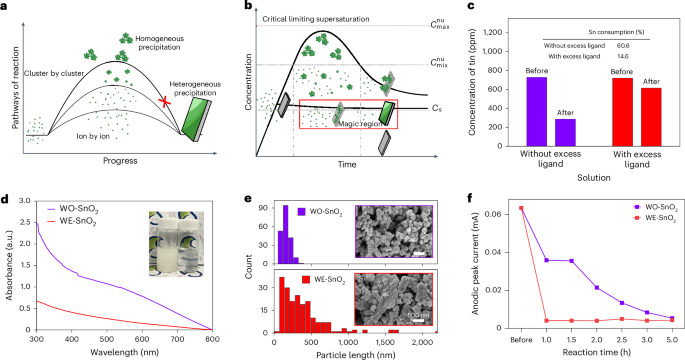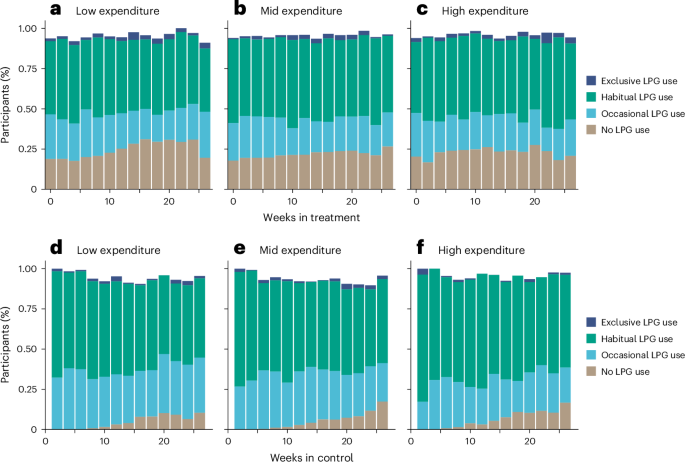New NIR‐Activated Organic Molecule‐Based Nanocomposite as an Efficient Sensitizer for Photothermal and Photodynamic Therapy of Cancer
Advanced Healthcare Materials, Volume 14, Issue 13, May 16, 2025.

New DTPT-based A–D–A molecules with strong NIR absorption are formulated into biocompatible nanoparticles for tumor phototherapy. In vitro and in vivo studies reveal the potent anticancer efficacy of these nanoparticles under 808 nm laser irradiation, demonstrating their promise as advanced, selective agents for phototherapeutic applications.
Abstract
Acceptor–donor–acceptor (A–D–A)-configured molecules with coplanar dithieno[2,3-d:2′,3′-d’]thieno[3,2-b:3′,2′-b’]dipyrrole (DTPT) as the core are promising organic semiconductor materials utilized in organic photovoltaic devices owing to their efficient charge transportation capabilities. In addition to optoelectronic applications, they are potential in photothermal and photodynamic applications due to their light-absorption properties. This study evaluates the utilization of DTPT-based fused-ring-conjugated small molecules with strong near-infrared (NIR) absorption as stable organic photosensitizers for phototherapy by forming nanoparticles (NPs) with D-α-tocopherol polyethylene glycol 1000 succinate (TPGS). Among them, NPs prepared from the 2-(3-cyano-4,5,5-trimethylfuran-2(5H)-ylidene)malononitrile (TCF) end-capping DTPT-centered molecule, DTPTTCF, exhibit low cytotoxicity, enhance photothermal conversion efficiency and superior photodynamic activity. In vitro and in vivo experiments demonstrate the remarkable anticancer efficacy of DTPTTCF@TPGS NPs that can effectively suppress cancer cell proliferation under 808 nm laser treatment. Additionally, soft X-ray tomography (SXT) is employed as a high-resolution tool to observe intracellular variations that reveal distinct vacuolization in the NPs + Laser treated group. These observations highlight that the DTPTTCF@TPGS NPs cause significant damage to cancer cells under NIR irradiation. Furthermore, in vivo, experiments demonstrate the apoptosis of cancer cells within tumor tissues and the effective elimination of tumors upon NIR irradiation of DTPTTCF@TPGS NPs treated mice. This work manifests the potential application of the DTPT-cored A–D–A-type molecule as an advanced agent for tumor phototherapy with enhanced efficacy and selectivity.





















































































































































